Technical Parameter
GE IS200AEPCH1BAA: Industrial Control Module
The GE IS200AEPCH1BAA is an industrial control module manufactured by General Electric (GE). It is part of the Mark VI series and belongs to the IS200 family of modules.
Key Features and Applications
-
Energy Pitch Control Module for Wind Turbines: This module serves as the energy pitch control center for wind turbines, ensuring efficient operation of wind power generation systems.
-
Communication Module: The IS200AEPCH1BAA functions as a communication module within the Mark VI system, facilitating data exchange between different control units. It supports the VMEbus interface for seamless connectivity.
Technical Specifications
-
Dimensions: Dimensions vary between sources, with common sizes reported as 100mm x 50mm x 30mm or 110mm x 60mm x 6.7mm.
Module Design and Features
-
Modular Design: The IS200AEPCH1BAA features a modular design, making it easy to install and maintain.
-
High Reliability: It is built for high reliability, capable of operating in harsh industrial environments.
-
Flexible Configuration: The module supports various communication protocols and programming features, allowing users to customize it to their specific needs.
Conclusion
The GE IS200AEPCH1BAA is a versatile industrial control module widely used in automation applications, including power plants, wind turbines, and other critical infrastructure. Its modular design, high reliability, and flexible configuration options make it an ideal choice for various industrial environments.
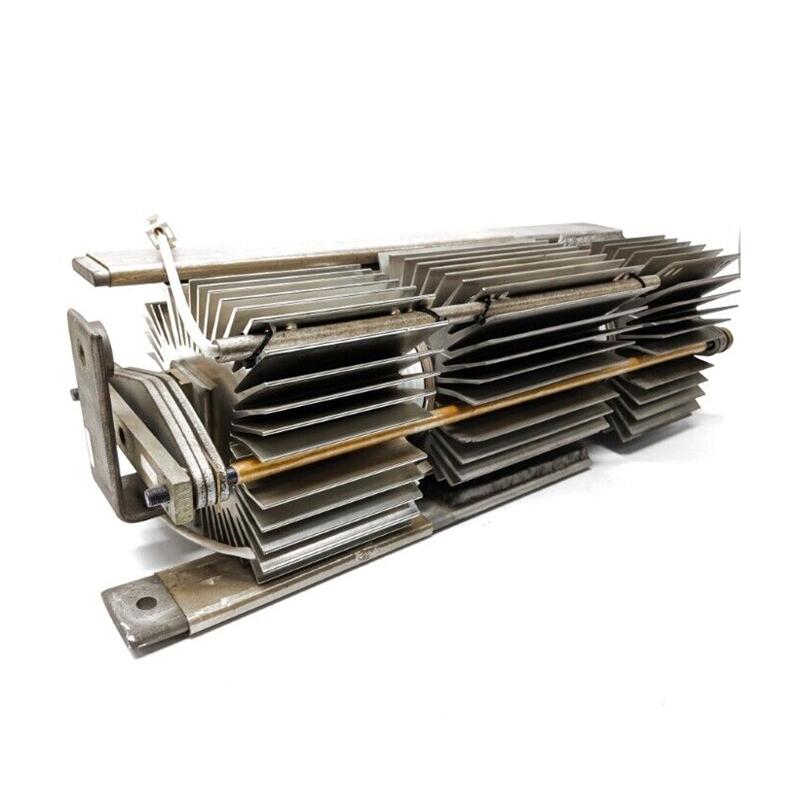
Annual hot selling advantage products:
ABB PM665、ABB S-073N、ABB S-123H 3BHB030479R0512
First hand source, affordable price. Spot inventory!
•Shipping Port: Xiamen
•Ship to you via Fedex/DHL/TNT/UPS/EMS
•Package: Original packing with cartons
GE Hot Selling models

What is a DCS?
A Distributed Control System (DCS) is a sophisticated, computer-based control system designed to automate, monitor, and manage complex industrial processes. It is widely used in large-scale industrial facilities such as refineries, power plants, chemical plants, and paper mills, where precision, reliability, and scalability are critical.
How Does a DCS Work?
A DCS is composed of several interconnected components that work seamlessly to ensure efficient process control. Here’s a breakdown of its key elements:
- Controllers:
These are the “brains” of the system. Controllers receive data from sensors, process it using pre-programmed logic, and send output signals to actuators to maintain optimal process conditions. - Sensors:
Sensors act as the “eyes and ears” of the system, measuring critical physical parameters such as temperature, pressure, flow rate, and level. This real-time data is essential for accurate control. - Actuators:
Actuators are the “muscles” of the system. They execute physical actions based on controller commands, such as opening/closing valves, starting/stopping motors, or adjusting dampers. - Operator Stations:
These serve as the human-machine interface (HMI), allowing operators to monitor the process, adjust setpoints, and troubleshoot issues. Modern DCS systems often feature intuitive graphical interfaces for ease of use. - Communication Network:
The backbone of the DCS, this network connects all components, enabling seamless data exchange and coordination. It ensures that every part of the system works in harmony, even across large industrial sites.
Why is a DCS Important?
- Centralized Control with Distributed Execution: A DCS allows for centralized monitoring while distributing control functions across multiple controllers, reducing the risk of system-wide failures.
- Scalability: It can easily expand to accommodate growing operational needs.
- Reliability: Redundant systems and fail-safes ensure continuous operation, even in critical environments.
- Efficiency: Optimizes processes, reduces waste, and improves overall productivity.

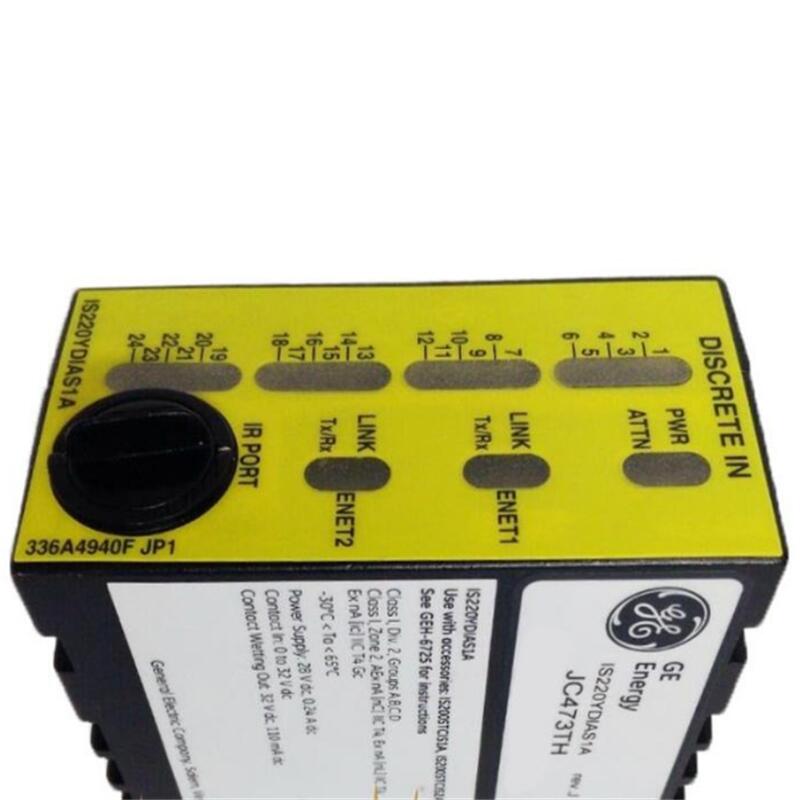
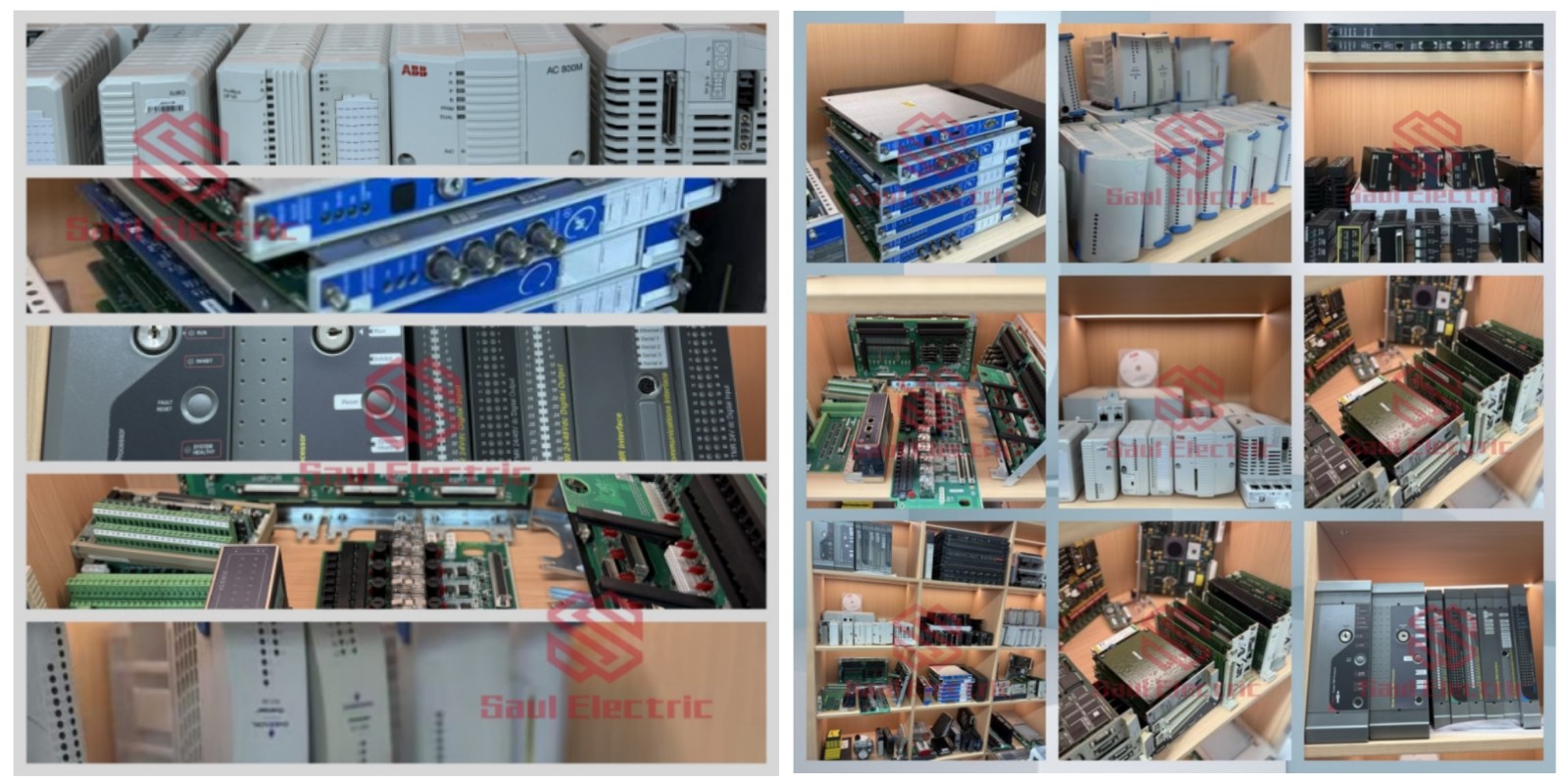

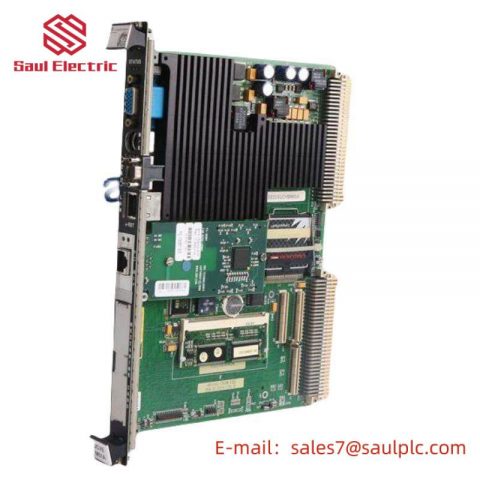

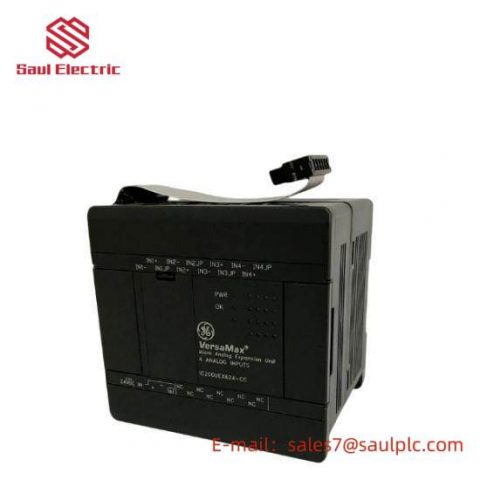

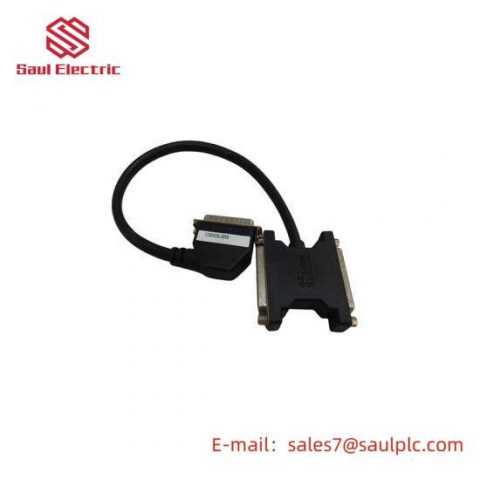
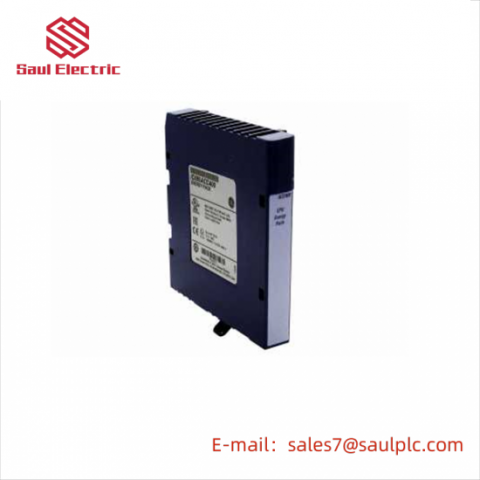
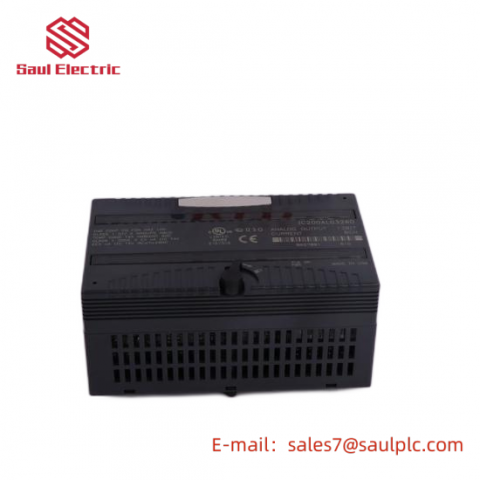
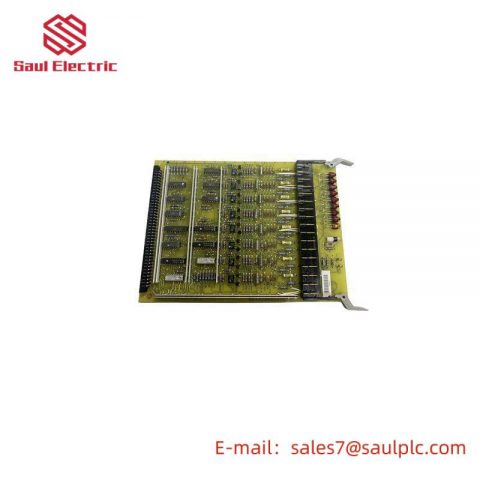
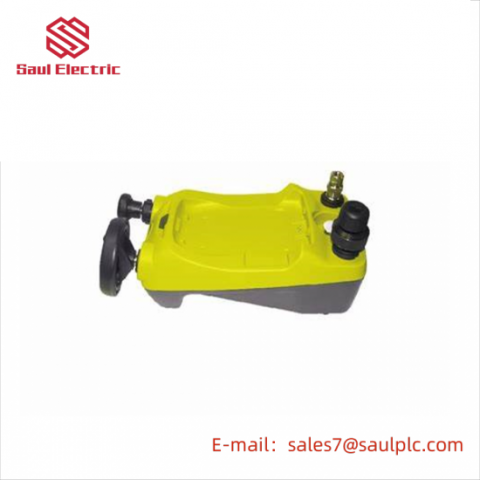
There are no reviews yet.